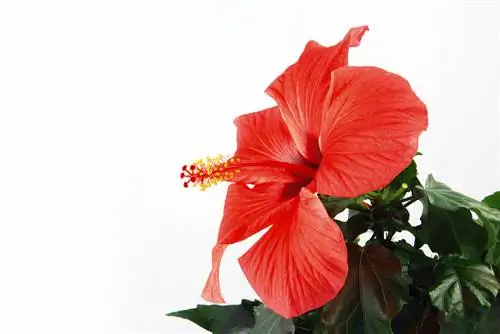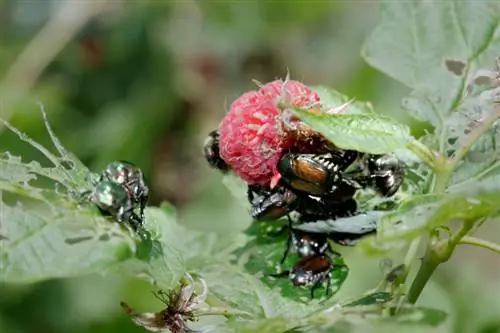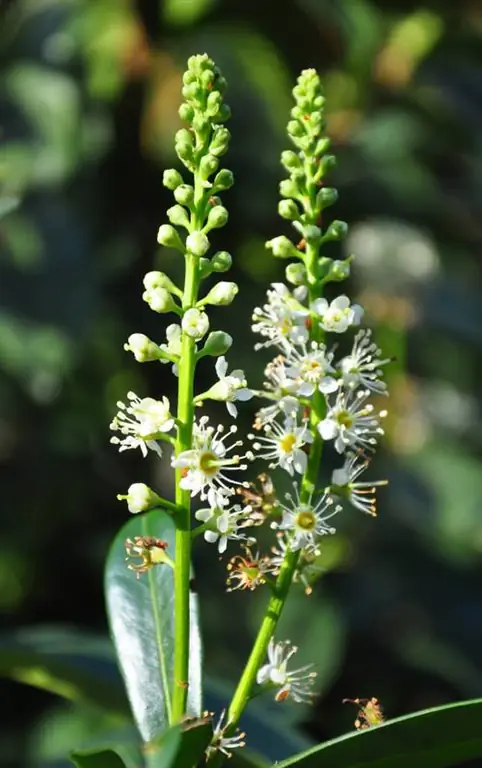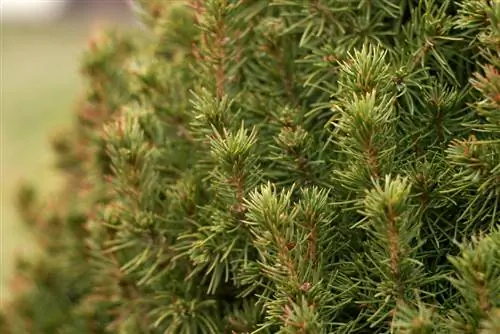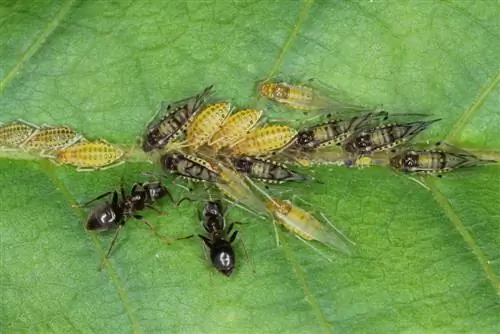- Author admin [email protected].
- Public 2023-12-16 16:46.
- Last modified 2025-01-23 11:22.
Pest insects are annoying on bonsai because they pose a danger to the artificial trees that have been cultivated for many years. Pests that suck the sap from various parts of the plant are particularly dangerous. They cause significant growth disorders.
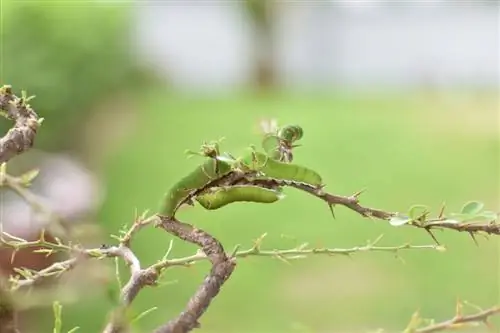
Which pests threaten bonsai and what measures can be taken against them?
Pests on bonsai include lice (aphids, mealybugs, mealybugs or bloodlice), spider mites or beetles such as black weevils. Control is often carried out by spraying with dishwashing liquid, paraffin oil or insecticides, as well as encouraging natural enemies such as ladybirds or birds.
Lice
These plant sap suckers attack deciduous and coniferous trees equally. Mealybugs, also known as mealybugs or scale insects, suck in the phloem tracts of plants. Aphids feed on plant juices from leaf tissue, while aphids suck on woody shoots, causing malignant ulcers. In addition to promoting beneficial insects such as ladybirds, lacewings and parasitic wasps, these measures specifically help with louse infestation:
- Aphids: Spray the tree with a mixture of dishwashing liquid and water
- Scale and mealybugs: Spray with preparations based on paraffin oil
- Blood lice: Use paraffin oil to combat them
Spider mites
These harmful insects settle on the undersides of leaves, where they pierce and suck out the epidermal cells. Air enters the cells, causing the leaves to have a light mottling. They turn brown and dry out. In the wild, spider mites play a minor role. They occur more often on indoor bonsai such as hibiscus, cissus and ficus. Since they like dry and warm conditions, you should ensure high humidity during the heating season.
Species
The common spider mite can be recognized by its fine web that appears between the leaves. Due to their tiny size, the pests are difficult to detect. The red spider does not produce webs, which is why its infestation is only recognized in the late stages.
Other pests
Outdoor bonsais are occasionally attacked by pest insects that cause direct or indirect damage to the plants. The natural balance of pests and beneficial insects is often out of control.
Beetle
Full-mouthed weevils feed on the leaves of various trees. Their brown-headed, centimeter-long larvae feed on the plant tissue of the roots. The bonsai cannot absorb water and dries up. Collect adult beetles in the evening hours. Since they will drop if disturbed, you should spread a white cloth under the tree beforehand. Nematodes, which are administered via irrigation water between April and June or from September to October, destroy the larvae living in the root area.
Caterpillars
The spider moth is a typical plant pest that occurs on bird cherries or bird cherries. In the event of a severe infestation, several hundred caterpillars live in a web and eat the trees bare. As a rule, control is not necessary because natural enemies such as birds take care of the pest. The trees usually recover on their own.
Ants
The insects often live in a symbiosis with aphids. These either sit visibly on the leaves or live hidden in the ants' cavities in the substrate. Fighting ants requires eliminating the cause.


